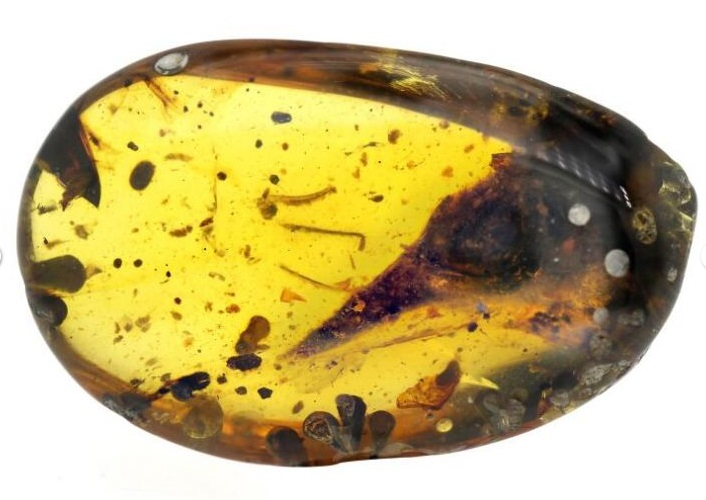A new study, published in the journal Nature, said that scientists have identified a 99-million-year-old flying dinosaur encased in amber. The specimen, from northern Myanmar, consisting a bird-like skull is reportedly the smallest dinosaur yet discovered.
The scientists believe that the skull of the new species, dubbed Oculudentavis khaungraae, will shed new light on how small birds evolved from dinosaurs that were often way bigger in size.

Smaller than the bee hummingbird?
In an interview with AFP, Professor Jingmai O'Connor, a paleontologist from the Chinese Academy of Sciences and lead author of the study, said: "When I first saw it, I was blown away. It's pretty exquisitely preserved and really weird looking, with its unique scleral ring (eye bones) and large number of teeth."
With a skull of only 7.1mm long, the newly found species would have been smaller than the bee hummingbird, which is the tiniest bird alive today. According to Prof O'Connor said, his team members referred to the specimen as "Teenie Weenie".
Researchers call it "weirdest fossil"
However the study revealed that though it had a minuscule size, the species is believed to have hunted insects, using its sharp teeth and large eyes to home in on prey. The researchers said that some soft tissue has also been preserved with the skull, including the remains of the animal's tongue. The experts believe that it could yield further insights into the biology of the animal.
When asked about the animal being a bird or a dinosaur, Prof O'Connor said that the lines were extremely blurry. "We think it's a bird - the skull has a shape that only occurs in birds and some dinosaurs. However there are no skull characteristics that define birds, therefore it could be a dinosaur or even something else," she said. "It's the weirdest fossil I've ever been lucky enough to study."
Co-author Dr Luis Chiappe, from the Natural History Museum of Los Angeles County, said: "It's lucky this tiny creature was preserved in amber, as such small, fragile animals aren't common in the fossil record."









